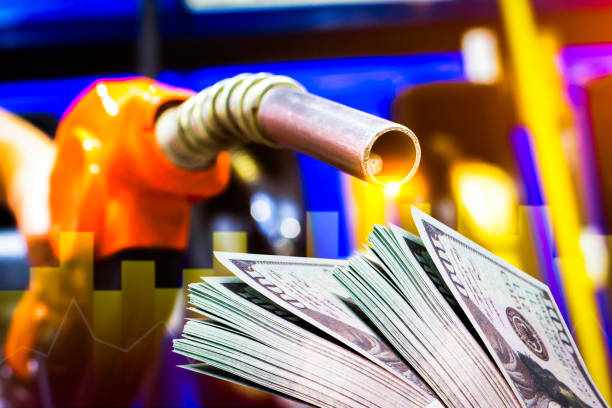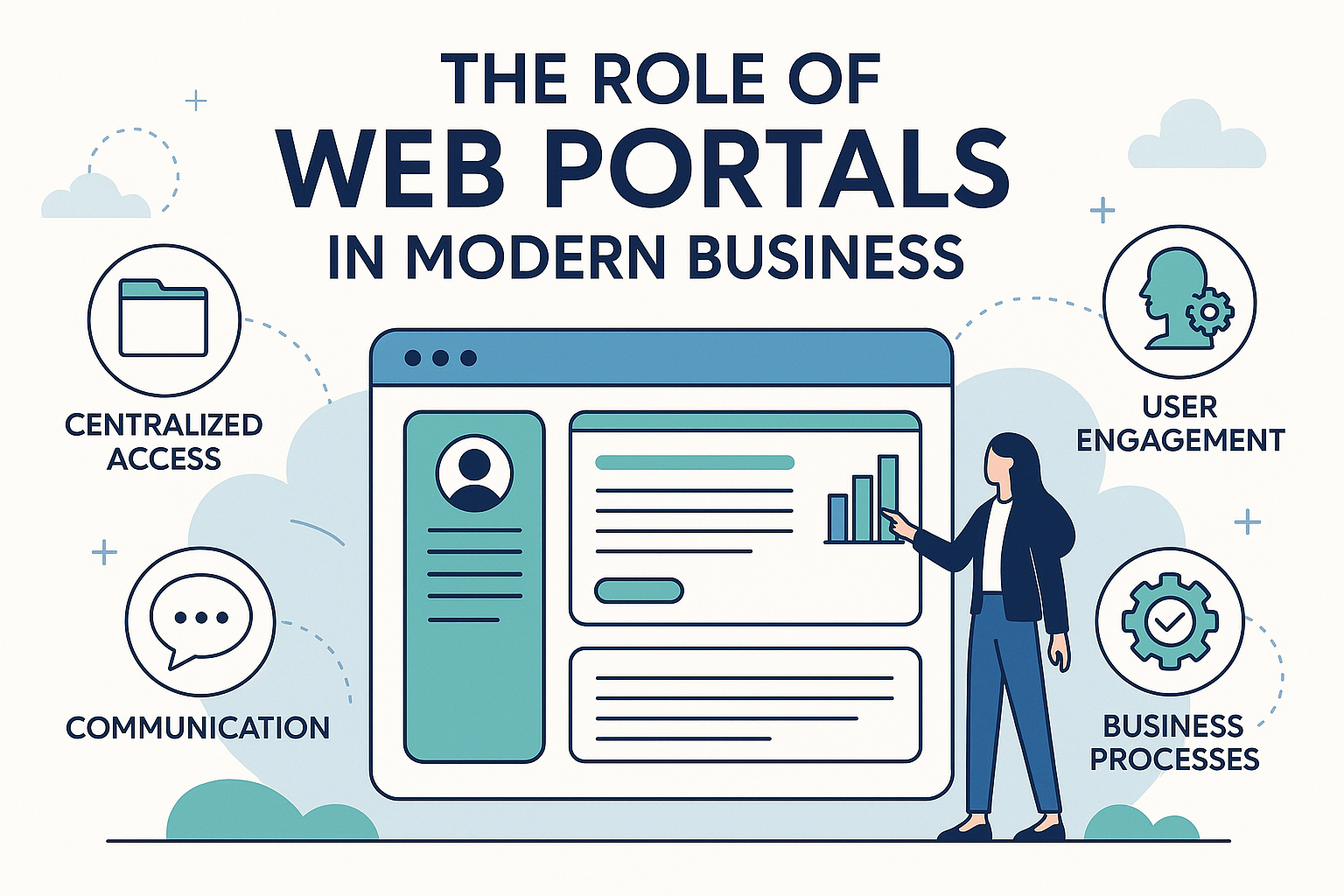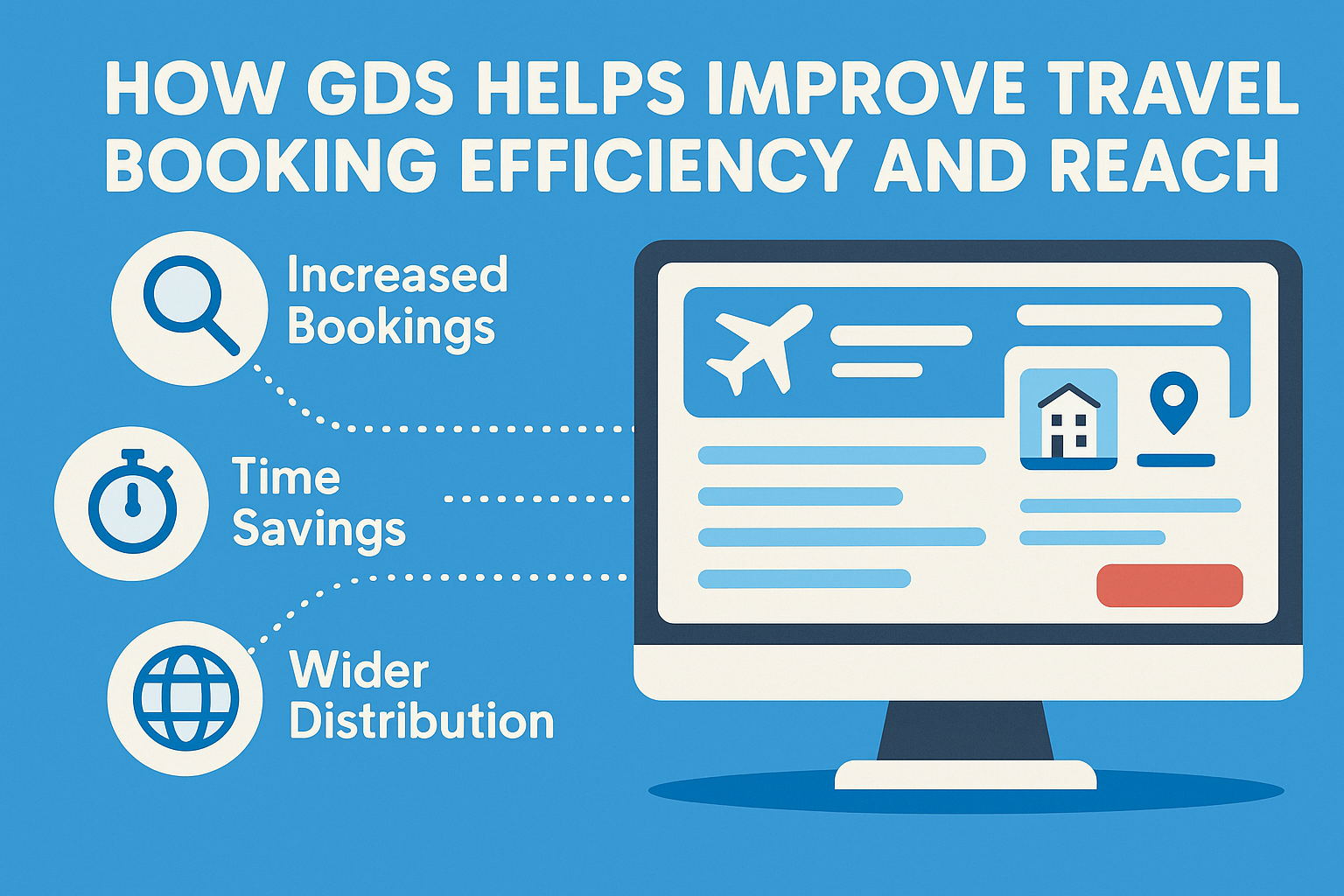
Imagine pulling into a gas station where you don’t have to dig for cash or wait in line. Instead, you just tap your phone, fill up your tank, and drive away. This is the kind of ease that fuel apps offer to customers and gas station owners. As the fuel industry changes, digital tools are becoming important for making things run smoother and helping gas stations earn more money. Fuel apps are key to this change, making it easier for stations to get new customers, improve their services, and increase their sales.
The Growing Importance of Fuel Apps for Gas Stations
Definition and Purpose of Fuel Apps
Fuel apps are mobile tools that make getting gas easier for customers and help gas stations run better. With these apps, you can find gas stations near you, compare fuel prices, pay for gas using your phone, and earn rewards. Some of these even offer fuel delivery app, so you don’t have to go to the station at all.
Why Gas Stations Are Investing in Fuel Apps?
Gas stations are using fuel apps to keep up with changes in the market. More and more people want digital solutions, so having an app can help them keep their customers coming back. Fuel apps also give important information about what customers like, allowing businesses to create better promotions, adjust prices wisely, and manage their stock more efficiently.
Key Ways Fuel Apps Boost Gas Station Revenue
Enhancing Customer Convenience and Experience
A smooth and easy fueling experience makes customers want to return. Features like using mobile payments, contactless transactions, and scheduling fuel times in advance help cut down wait times and make services better. When customers see they can refuel quickly and easily, they're more likely to pick a station that provides these handy options.
Driving More Sales Through Loyalty Programs
Fuel apps that have loyalty programs reward customers for coming back. Every time you buy gas, you can earn points, get cashback, or receive discounts, which makes you want to choose that gas station again. Additionally, personalized offers based on what you usually buy help keep customers interested and increase sales.
Increasing Foot Traffic to Convenience Stores
Gas stations offer more than just fuel; they also make money from their convenience stores. Fuel apps can help by sharing special discounts and bundle offers, encouraging customers to go inside and buy snacks, drinks, or car accessories. This helps the gas station make more profit overall.
Improving Operational Efficiency
Fuel apps help gas stations keep track of how much fuel they have by checking levels in real time and predicting how much fuel they will need. With automated ordering systems, gas stations can avoid running out of fuel, which helps them maintain sales and makes their supply process smoother.
Also read: How fuel delivery apps boost efficiency
Leveraging Data Analytics for Business Growth
Every time people use fuel apps, these apps collect important information about what customers like and how they behave. Gas stations can use this information to set better fuel prices, create special offers for specific customers, and make smart decisions to help their business earn more money.
Real-Life Success Stories of Fuel Apps
How Fuel Apps Have Helped Gas Stations Increase Profits
Many gas stations have made more money by using fuel apps. For example, a popular gas station chain added a mobile payment and rewards app, which helped them keep 30% more customers and increase sales inside the store.
Lessons Learned from Successful Fuel App Implementations
Gas stations that have successfully used fuel apps highlight a few key points. They stress the need for easy-to-use designs and smooth connections with their current systems. Plus, good marketing is crucial to get more people to start using the apps. When gas stations put effort into developing their apps and teaching customers how to use them, they notice more people engaging with the app and enjoying better results.
Steps to Implement a Fuel App for Your Gas Station
Choosing the Right Fuel App for Your Business
Gas stations have two options: they can either create their own app or work with already available fuel apps. A good app should allow you to pay with your phone, offer rewards for loyal customers, show current prices, and help you find the station easily.
Integrating the Fuel App with Your Gas Station’s System
It's really important to make sure that new systems work well with the current point-of-sale (POS) systems. This means they should easily connect to gas pumps, cash registers, and customer loyalty programs. By doing this, we can make shopping and payment experiences better for customers.
Promoting Your Fuel App for Maximum Adoption
Gas stations can get more customers to use their app by doing a few simple things. First, they should give rewards to people when they sign up for the app. Second, they can promote the app through online ads. Lastly, having signs in the store and staff ready to explain the app's benefits will help educate customers on why they should use it.
Future Trends in Fuel Apps and Gas Station Technology
The Rise of Subscription-Based Fuel Delivery Services
Some companies are starting to offer fuel subscription plans. With these plans, customers pay a set monthly fee to have fuel delivered to them on a schedule. This means they don’t have to go to the gas station anymore. With advancements in Fuel Delivery App Development, these services are becoming more efficient and accessible.
Emerging Technologies in Mobile Fuel Payments
Blockchain and digital wallets are going to change how we pay for fuel with our phones. They will make transactions safer and easier.
Conclusion
Fuel apps have become essential for gas stations that want to boost their earnings and stay competitive. These apps make it easier for customers, increase sales through loyalty programs, streamline operations, and utilize valuable data. As trends like subscription-based fuel services grow with Guru TechnoLabs' focus on creating advanced fuel apps, helping businesses find new ways to earn money while giving their customers a better fueling experience.




Write a comment ...